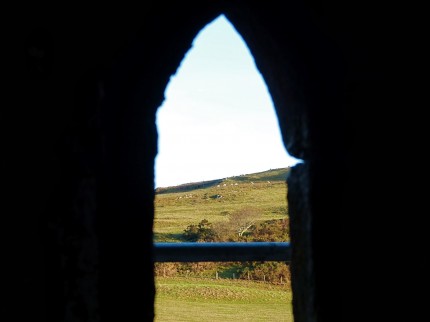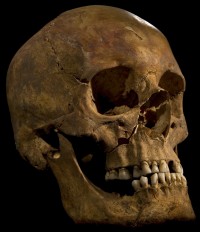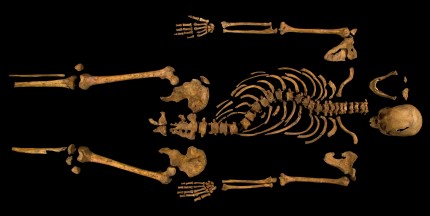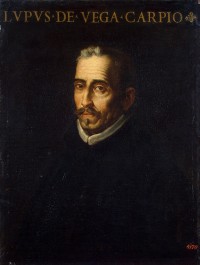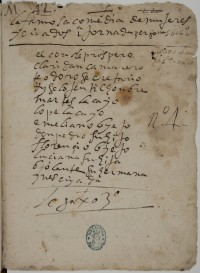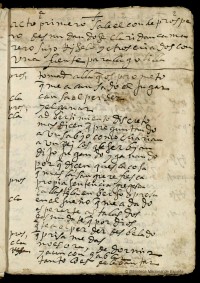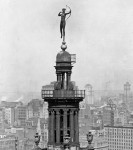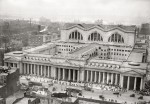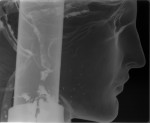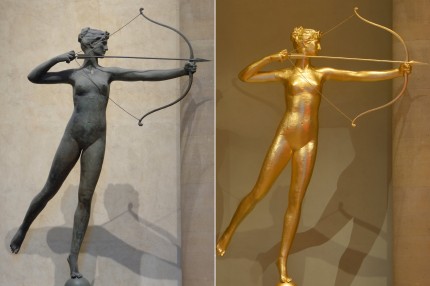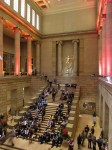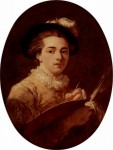 Two paintings by French rococo master Jean-Honoré Fragonard will be on display together for the first time in 25 years in an exhibition at the Toledo Museum of Art in Ohio. Blind Man’s Bluff and The See-Saw were created as a matched pair when Fragonard was still a student in the atelier of François Boucher. Like almost all of his works, the two paintings are not dated. We know they were done after he began to study under Boucher in 1750 and before 1752 when the young Fragonard won the prestigious Prix de Rome. He was just 18-20 years old, therefore, when he painted these works that already display the characteristic playfulness and thinly veiled eroticism that would make him famous.
Two paintings by French rococo master Jean-Honoré Fragonard will be on display together for the first time in 25 years in an exhibition at the Toledo Museum of Art in Ohio. Blind Man’s Bluff and The See-Saw were created as a matched pair when Fragonard was still a student in the atelier of François Boucher. Like almost all of his works, the two paintings are not dated. We know they were done after he began to study under Boucher in 1750 and before 1752 when the young Fragonard won the prestigious Prix de Rome. He was just 18-20 years old, therefore, when he painted these works that already display the characteristic playfulness and thinly veiled eroticism that would make him famous.
The paintings are thought to have been commissioned by Baron Louis-Guillaume Baillet de Saint-Julien, a writer, amateur artist and avid collector. It is certain that the pair were in his collection when it was sold in 1784 after the Baron’s death. Blind Man’s Bluff and The See-Saw sold as a pair for 500 livres to the leading art dealer of the time: Jean-Baptiste-Pierre Le Brun, grand-nephew of painter Charles Le Brun and husband of Élisabeth Vigée Le Brun, official portrait painter of Queen Marie Antoinette. Jean-Baptiste-Pierre Le Brun was a pioneer in his field. He actually invented the saleroom lit by overhead lighting, now a staple of art galleries and museums.
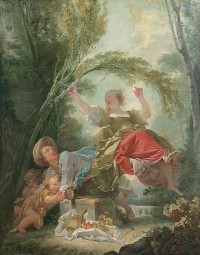 The pair then moved through the hands of various other dealers and collectors, including Baron Nathaniel de Rothschild in Vienna and Baron Maurice de Rothschild in Pregny-Chambésy, Switzerland, always staying together. In 1954 they were sold again by Baron Maurice three years before his death. This time, they did not survive as a couple. They were sold separately. Blind Man’s Bluff was acquired by the Toledo Museum of Art with funds from the Libbey Endowment, a gift from glass magnate Edward Drummond Libbey, founder of the Toledo Museum of Art and president from its founding in 1901 until his death in 1925. The See-Saw was bought by Baron Hans Heinrich Thyssen-Bornemisza, heir to a great naval construction and oil fortune which he spent building a world-class art collection. It was on display at his private museum in the 17th century palace Villa Favorita on the banks of Lake Lugano in Switzerland, and when those works were transferred to Spain to become the permanent collection of the Thyssen-Bornemisza Museum in Madrid starting in the late 1980s, The See-Saw went with them.
The pair then moved through the hands of various other dealers and collectors, including Baron Nathaniel de Rothschild in Vienna and Baron Maurice de Rothschild in Pregny-Chambésy, Switzerland, always staying together. In 1954 they were sold again by Baron Maurice three years before his death. This time, they did not survive as a couple. They were sold separately. Blind Man’s Bluff was acquired by the Toledo Museum of Art with funds from the Libbey Endowment, a gift from glass magnate Edward Drummond Libbey, founder of the Toledo Museum of Art and president from its founding in 1901 until his death in 1925. The See-Saw was bought by Baron Hans Heinrich Thyssen-Bornemisza, heir to a great naval construction and oil fortune which he spent building a world-class art collection. It was on display at his private museum in the 17th century palace Villa Favorita on the banks of Lake Lugano in Switzerland, and when those works were transferred to Spain to become the permanent collection of the Thyssen-Bornemisza Museum in Madrid starting in the late 1980s, The See-Saw went with them.
Divided by an ocean, the two Fragonards rarely caught a glimpse of each other. They’ve come together three times since their separation: in London in 1968, Paris in 1987 and New York in 1988. Now, thanks to a loan from the Thyssen-Bornemisza Museum, they’ll be together again in Toledo.
“They’re risqué, they’re provocative—and the artist intended these canvases to be seen together,” said Lawrence W. Nichols, William Hutton senior curator of European and American painting and sculpture before 1900. “So to reunite these two very important paintings by one of the most significant French artists of the 18th century is quite an exciting opportunity.”
They may not seem all that risqué to our jaded eyes, but even though the only actual glimpse of slightly naughty flesh is the leg of the woman on the see-saw, the erotic imagery was clear to its original audience.
In the sixteenth and seventeenth centuries, artists and authors used blind-man’s bluff as a symbol of the folly of marriage, where one took one’s chances in choosing a mate. In Fragonard’s portrayal, however, because only one couple plays the game, neither the ultimate partner nor the final outcome is in doubt. As the youth tickles his blindfolded beloved on the cheek with a piece of straw, an infant, in the role of a classical cupid or putto, brushes her hand with the end of a stick to distract her from the object of her desire. Reaching out to locate her lover, the woman steals a glance from underneath her blindfold and catches the viewer’s gaze with a knowing look—she is the one in control of the situation.
The setting for this courtship game is a terrace surrounded by a low wall—a reference to the enclosed garden, traditional symbol of virginity. Leaning against the wall is a gate that has fallen off its posts. The sexual symbolism of the gate—not only open but broken off—would have been obvious to eighteenth-century viewers.
Blind Man’s Bluff and The See-Saw will be on display at the Toledo Museum of Art from January 24th through May 4th, 2014.
